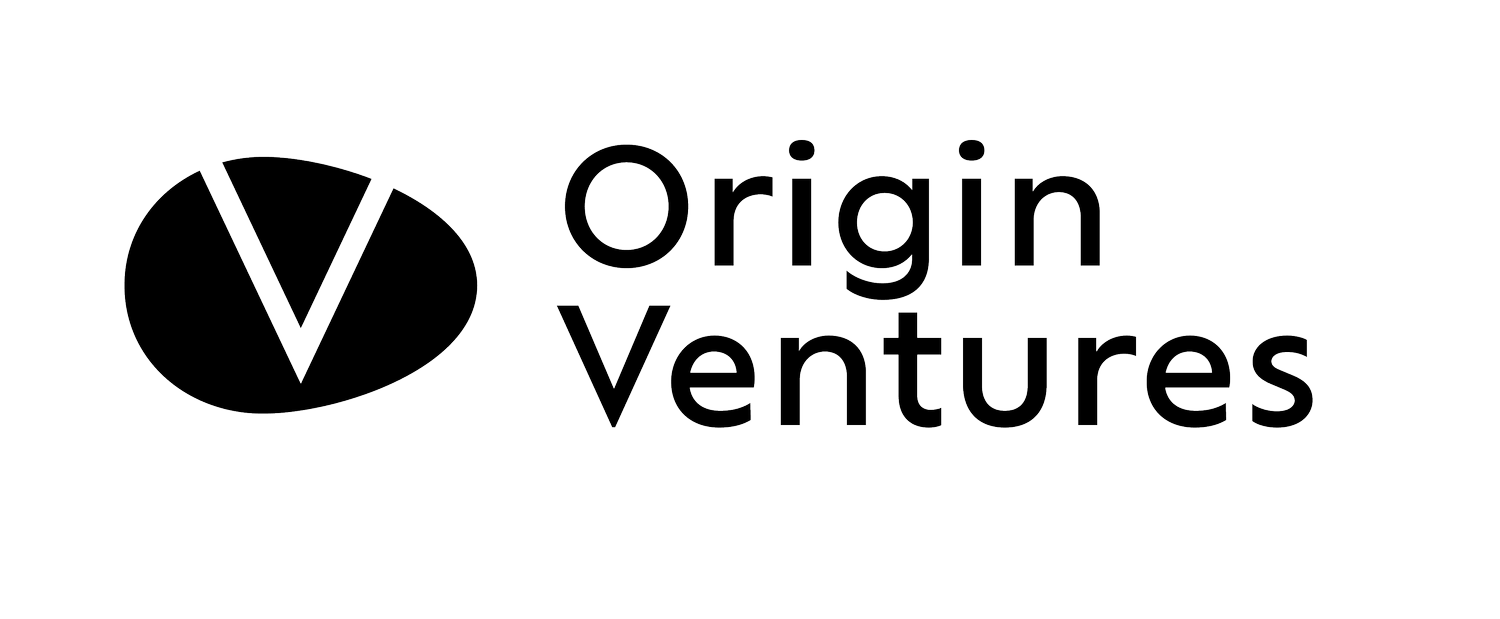Putting A.I. at the Controls: Our Investment In ControlRooms
It’s 8AM on a Monday morning, and Diane has just started her shift in a refinery control room. Her screen is full of “alarms”, indicating which sensors are out of tolerance. There are 4 alarm buckets: “low”, “low low”, “high”, and “high high”. Some of these alarms have been active for weeks, and she relies on her 20 years of experience at the plant to decide which merit investigation, which can be ignored, and which she needs to escalate to an engineer. This morning, she decides to call Mike, the plant engineer, about a group of alarms. Mike drives over and spends time with Diane looking at real-time readings, historical logs, doing physical inspections, trying to figure out what is wrong to avoid a shutdown that could cost millions, and would belch pollution into the air prompting fines and headlines.
This is the arcane way problems are spotted and how troubleshooting occurs in control rooms for critical infrastructure. like chemical plants, oil refineries, energy plants, and plastics manufacturers.
Modern plants have up to 50,000 real time sensors, a staggering number, that give an operator current information about pressure, temperature, throughput, etc. The sheer count of sensors throws off too many alarms for humans to reasonably sift through. The plants have software called “historians” that log past sensor data. Surprisingly, these two systems don’t talk much with each other, and control room operators rely on only their experience to determine if the plant is heading the wrong direction toward a costly unplanned shutdown. The historians are there largely to point fingers ex-post when there was a problem.
Further complicating matters: Diane is a boomer, and she’s retiring, and her departure might precipitate more unplanned shutdowns. She’s being replaced by a digital native, whose lack of experience and high expectation of the software stack meets a cold reality in these plants.
ControlRooms is solving these problems. The existing instrumentation allowed Monte Zweben and Omar Talib to design ControlRooms to intake sensor information, applying their A.I.-powered models to shine a light in real-time where an operator, engineer, and/or plant manager should investigate. By cutting down the time it takes to troubleshoot, the company reduces the frequency of unplanned downtime, saving companies money and the environment from harmful emissions. Downtime can cost a single plant as much as several millions dollars a day.
Monte Zweben has been involved with artificial intelligence and machine learning dating back three decades, including experience at NASA and as the founder and CEO of Blue Martini, which he took public. He also knows manufacturing, previously running PeopleSoft’s manufacturing business unit after the company acquired a company he founded. Omar Talib brings a background from energy and manufacturing, leading the critical infrastructure vertical for Splice Machine, where he overlapped with Monte.
There is no doubt institutional knowledge is valuable. Each plant is unique even within the same company/production output. But operators could and should have more powerful software at their fingertips for leverage to move faster, investigate sooner, and remediate more often to prevent costly unplanned shutdowns and flaring. As heavy industry continues to deal with a worsening labor shortage, incorporating technology and A.I. into processes will become more critical to do more with fewer workers.
Flaring, the controlled combustion of gas, while preferable to direct venting, is still a major source of CO2 emissions. In fact, if oil and gas operators could eliminate all flaring, venting, and methane leaks, this would have the same impact on global temperature rise by 2050 as immediately eliminating greenhouse gas emissions from all cars, trucks, and buses in the world, according to the International Energy Agency.
Origin Ventures led a $10M Series A financing for ControlRooms, with seed lead Amity Ventures joining the new financing, along with new investors including S3 Ventures, Tokio Marine Future Fund, GTM Fund, FJ Labs, and Alpha Square Group.
The rise of digital natives in the industrial manufacturing category, their need to have software to assist their experience, and the brain drain of career engineers are large macro growth catalysts behind the company. Within our thesis, ControlRooms represents another investment in our “Seamless Software” theme.
We look forward to working with Monte and Omar as they build the future of smarter manufacturing plants.

